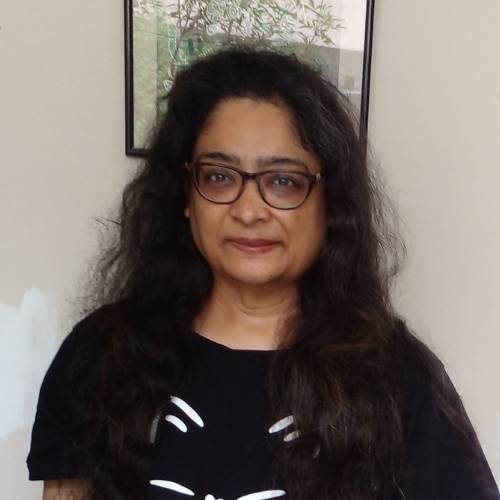Indian Millennials Whose Mediocrity Broke Everything

I’m not a regular reader of books on caste. In fact, this is one book I’ve picked up in recent times from the review copies by Penguin Random House.
The author says he is not a savarna. He addresses who a savarna is in one chapter and delves into explaining the caste system in India, which puts Brahmins at the top and the other castes progressively below. He calls out the inequities he sees, which he says years of trying to fix the system through reservation for the marginalized hasn’t helped.
He talks about the ‘Savarna Gaze’ or the privileged view of life, including their ideas on poverty. To illustrate this, he gives an example of what living above the poverty line entails: earning INR 47 per day. He says even ragpickers meet this quota, but it doesn’t mean they have a basic level of life deemed fit for a human. ( C. Rangarajan Committee Report, 2014)
He has referred to intersectional vulnerabilities, due to social identities, such as race, gender, class, sexual orientation, and disability, which can create unique and complex challenges when they intersect. These lead to discrimination, marginalization, and reduced access to resources and opportunities.
He refers to Brahmin hegemony and the hold that the Bengali Bhadralok have over much of the population.
The author is rather scathing in his descriptions when he talks about the privileged business classes, often referring without enough empathy to their ‘depression’ or ‘accidents.’ It would have been more balanced if he had merely stated the facts without sarcasm.
About the author
Ravikant Kisana is currently the Associate Dean & Associate Professor at Woxsen University, Hyderabad. His expertise lies in Cultural Studies and ethnographic research grounded in Critical Caste Studies. He also podcasts and performs live under the moniker of ‘Buffalo Intellectual’.
Thanks for the review copy, Penguin Random House, India











